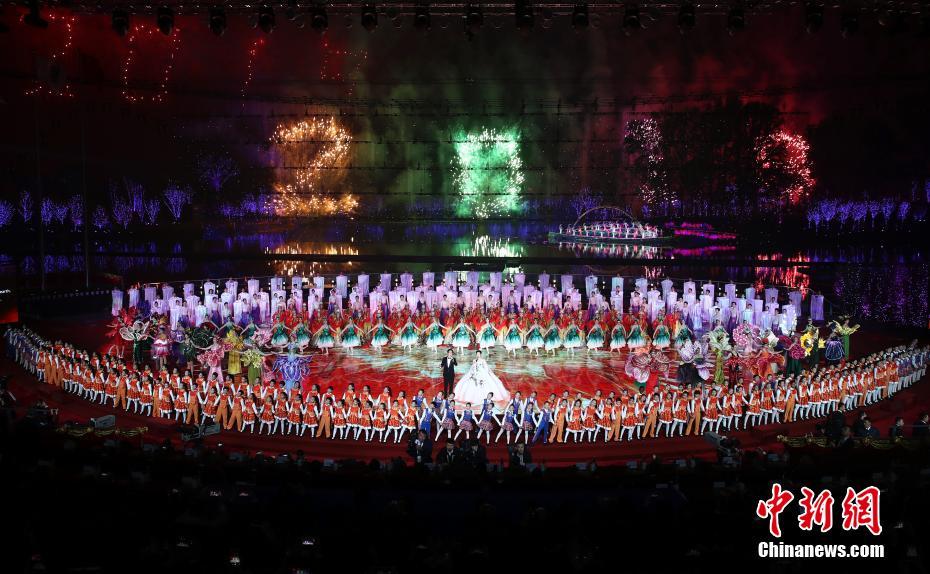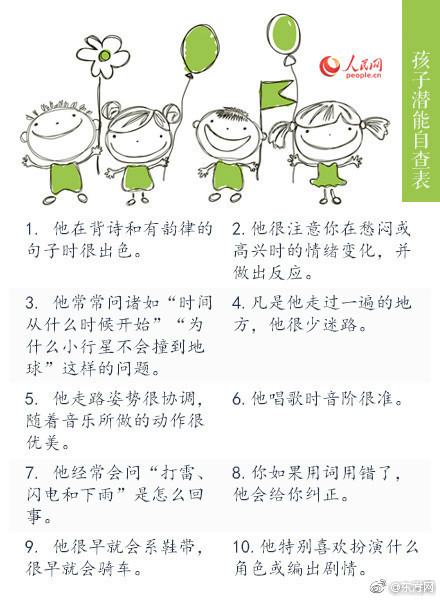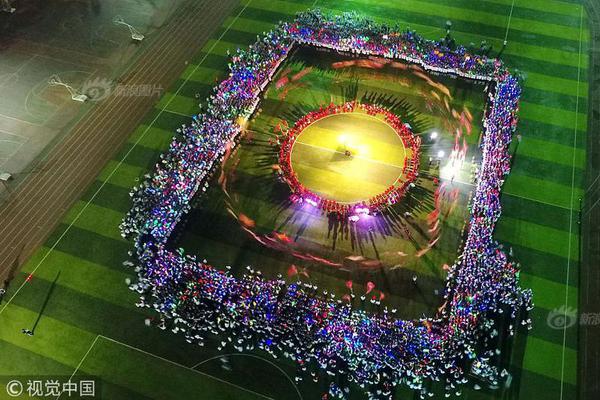
1. The multimedia data model mainly adopts the expansion of relational data model and the object-oriented design method. Because it is difficult to describe multimedia information and define the operation of multimedia data objects with traditional relational models, in addition to introducing abstract data types, the method of semantic models is more commonly adopted in relational model expansion.
2. Hierarchical model Hierarchical model is the earliest model used in the database system. Its data structure Q is a directed tree. The root node is at the top, the level is the highest, and the sub-knot is at the bottom, arranged layer by layer. The characteristics of the hierarchical model are: there is only one root node; other nodes have only one parent node mesh model.
3. Hierarchical modelType Hierarchical model is a tree structure model that organizes data according to natural hierarchical relationships to reflect the affiliation between data. Hierarchical model is the earliest developed and technically mature data model in database technology.
4. At present, most database management systems adopt relational data models. The relational data model is the cornerstone of the modern database management system. E.F., a researcher at IBM since the 1970s. Since Codd proposed the relational model, it has become a standard method for data storage and retrieval.
5. The data model corresponding to the tree diagram is a hierarchical model; the data model corresponding to the mesh diagram is a mesh model. The relational model is a non-formatted structure, which uses a single two-dimensional table structure to represent the connection between entities and entities.A two-dimensional table that meets certain conditions is called a relationship (see relational database).
6. Parametric and non-parametric models The models described by algebraic equations, differential equations, differential equations and transfer functions are all parametric models. Establishing a parameter model is to determine the parameters in the known model structure. The parametric model is always obtained through theoretical analysis.

Relational structure, also known as "relational model", refers to the number of entities in the form of a two-dimensional table to represent the connection between entities. According to the model. In the process of data development, three basic data models have been produced, which are hierarchical models, mesh models and relational models. These three models are named according to their data structure. The first two adopt formatted structures.
Single data structure-relationship (table file). The table of the relational database uses a two-dimensional table to store data. It is a logical group with relevant information arranged in rows and columns, which is similar to the Excle worksheet. A database can contain any number of data tables.
Array is the simplest and most common data structure. Their characteristics are that elements can be easily accessed through index (location). What are they used for? Imagine a row of theater chairs. Each chair is assigned a seat (from left to right), so each audience will be assigned a number from the chair he is going to sit on.
In a relational database, each relationship is a two-dimensional table. Both the entity itself and the connection between entities are represented by a two-dimensional table called "relationship", so that the data describing the entity itself can naturally reflect the connection between them.
Realize data sharing. Data sharing includes that all users can access the data in the database at the same time, and also includes users can use the database through the interface in various ways and provide data sharing.(2) Reduce the redundancy of data.
1, the answer, he correctly pointed out that in order to ensure the atomicity of transaction operations, log-based REDO/U must be implemented NDO mechanism. But this answer is still incomplete, because atomicity cannot fully guarantee consistency.
2. Atomic transactions are the logical working units of the database. Each operation contained in the transaction is either done or not done at all. 2. The result of consistency transaction execution must be to change the database from one consistency state to another consistency state.
3. Atomicity means that the transaction is an inseparable working unit, and all the operations in the transaction are either successful or all failed.For example, SQL statements in the same transaction can either be executed successfully or failed.
1. The content should include: system positioning and its functions, data resources and data processing capacity, human resources allocation, equipment configuration scheme, development Cost estimate, development progress plan, etc. After the feasibility analysis report and the database application system plan are approved and established, they become the outline of the follow-up development work.
2. Basic steps of database design: system requirements analysis and design. Conceptual structure analysis and design. Logical structure analysis and design. Physical structure analysis and design. System implementation. System maintenance.
3. The development of database application system is a software project.Generally, it can be divided into the following stages: planning. Demand analysis. Concept model design. Logical design. Physical design. Programming and debugging. Operation and maintenance.
4. Database physical design is to select a physical structure that is most suitable for the application environment for the logical data model, including storage structure and access method.
Dynamic duty drawback calculations-APP, download it now, new users will receive a novice gift pack.
1. The multimedia data model mainly adopts the expansion of relational data model and the object-oriented design method. Because it is difficult to describe multimedia information and define the operation of multimedia data objects with traditional relational models, in addition to introducing abstract data types, the method of semantic models is more commonly adopted in relational model expansion.
2. Hierarchical model Hierarchical model is the earliest model used in the database system. Its data structure Q is a directed tree. The root node is at the top, the level is the highest, and the sub-knot is at the bottom, arranged layer by layer. The characteristics of the hierarchical model are: there is only one root node; other nodes have only one parent node mesh model.
3. Hierarchical modelType Hierarchical model is a tree structure model that organizes data according to natural hierarchical relationships to reflect the affiliation between data. Hierarchical model is the earliest developed and technically mature data model in database technology.
4. At present, most database management systems adopt relational data models. The relational data model is the cornerstone of the modern database management system. E.F., a researcher at IBM since the 1970s. Since Codd proposed the relational model, it has become a standard method for data storage and retrieval.
5. The data model corresponding to the tree diagram is a hierarchical model; the data model corresponding to the mesh diagram is a mesh model. The relational model is a non-formatted structure, which uses a single two-dimensional table structure to represent the connection between entities and entities.A two-dimensional table that meets certain conditions is called a relationship (see relational database).
6. Parametric and non-parametric models The models described by algebraic equations, differential equations, differential equations and transfer functions are all parametric models. Establishing a parameter model is to determine the parameters in the known model structure. The parametric model is always obtained through theoretical analysis.

Relational structure, also known as "relational model", refers to the number of entities in the form of a two-dimensional table to represent the connection between entities. According to the model. In the process of data development, three basic data models have been produced, which are hierarchical models, mesh models and relational models. These three models are named according to their data structure. The first two adopt formatted structures.
Single data structure-relationship (table file). The table of the relational database uses a two-dimensional table to store data. It is a logical group with relevant information arranged in rows and columns, which is similar to the Excle worksheet. A database can contain any number of data tables.
Array is the simplest and most common data structure. Their characteristics are that elements can be easily accessed through index (location). What are they used for? Imagine a row of theater chairs. Each chair is assigned a seat (from left to right), so each audience will be assigned a number from the chair he is going to sit on.
In a relational database, each relationship is a two-dimensional table. Both the entity itself and the connection between entities are represented by a two-dimensional table called "relationship", so that the data describing the entity itself can naturally reflect the connection between them.
Realize data sharing. Data sharing includes that all users can access the data in the database at the same time, and also includes users can use the database through the interface in various ways and provide data sharing.(2) Reduce the redundancy of data.
1, the answer, he correctly pointed out that in order to ensure the atomicity of transaction operations, log-based REDO/U must be implemented NDO mechanism. But this answer is still incomplete, because atomicity cannot fully guarantee consistency.
2. Atomic transactions are the logical working units of the database. Each operation contained in the transaction is either done or not done at all. 2. The result of consistency transaction execution must be to change the database from one consistency state to another consistency state.
3. Atomicity means that the transaction is an inseparable working unit, and all the operations in the transaction are either successful or all failed.For example, SQL statements in the same transaction can either be executed successfully or failed.
1. The content should include: system positioning and its functions, data resources and data processing capacity, human resources allocation, equipment configuration scheme, development Cost estimate, development progress plan, etc. After the feasibility analysis report and the database application system plan are approved and established, they become the outline of the follow-up development work.
2. Basic steps of database design: system requirements analysis and design. Conceptual structure analysis and design. Logical structure analysis and design. Physical structure analysis and design. System implementation. System maintenance.
3. The development of database application system is a software project.Generally, it can be divided into the following stages: planning. Demand analysis. Concept model design. Logical design. Physical design. Programming and debugging. Operation and maintenance.
4. Database physical design is to select a physical structure that is most suitable for the application environment for the logical data model, including storage structure and access method.
Processed meat HS code verification
author: 2024-12-23 22:06Supplier onboarding with data analytics
author: 2024-12-23 21:25Trade data-driven cost modeling
author: 2024-12-23 21:23Metal commodities HS code directory
author: 2024-12-23 20:40HS code mapping to non-tariff measures
author: 2024-12-23 20:27Lithium batteries HS code classification
author: 2024-12-23 22:16HS code-driven market entry strategy
author: 2024-12-23 21:50Global trade credit risk analysis
author: 2024-12-23 21:29Real-time customs tariff analysis
author: 2024-12-23 21:27How to interpret global trade indicators
author: 2024-12-23 20:52 HS code correlation with quality standards
HS code correlation with quality standards
712.35MB
Check HS code validation for diverse industries
HS code validation for diverse industries
382.18MB
Check How to use trade data for market expansion
How to use trade data for market expansion
386.44MB
Check Top trade data APIs for developers
Top trade data APIs for developers
734.77MB
Check How to use analytics for HS classification
How to use analytics for HS classification
697.66MB
Check Germany export data by HS code
Germany export data by HS code
876.76MB
Check Top import export compliance guides
Top import export compliance guides
243.94MB
Check Low-cost trade data platforms
Low-cost trade data platforms
949.29MB
Check Import data trends visualization
Import data trends visualization
735.59MB
Check Trade data for food and beverage industry
Trade data for food and beverage industry
129.27MB
Check Chemical HS code alerts in EU markets
Chemical HS code alerts in EU markets
292.83MB
Check HS code compliance for South American markets
HS code compliance for South American markets
794.73MB
Check How to build a trade data strategy
How to build a trade data strategy
183.74MB
Check Beverage industry HS code lookups
Beverage industry HS code lookups
395.86MB
Check Industrial lubricants HS code classification
Industrial lubricants HS code classification
591.71MB
Check How to use HS codes for tariff predictions
How to use HS codes for tariff predictions
686.53MB
Check Automated import export risk alerts
Automated import export risk alerts
283.34MB
Check End-to-end global supply chain solutions
End-to-end global supply chain solutions
491.24MB
Check Predictive analytics in international trade
Predictive analytics in international trade
595.43MB
Check HS code correlation with duty rates
HS code correlation with duty rates
974.43MB
Check Soybeans (HS code ) import patterns
Soybeans (HS code ) import patterns
716.77MB
Check Real-time trade data feeds
Real-time trade data feeds
362.38MB
Check HS code-based re-exports in free zones
HS code-based re-exports in free zones
141.16MB
Check How to forecast trade demand spikes
How to forecast trade demand spikes
174.91MB
Check End-to-end global supply chain solutions
End-to-end global supply chain solutions
453.53MB
Check Trade data for non-profit organizations
Trade data for non-profit organizations
752.27MB
Check HS code-based container stowage planning
HS code-based container stowage planning
278.45MB
Check HS code-driven landed cost estimation
HS code-driven landed cost estimation
478.12MB
Check How to utilize trade data in M&A
How to utilize trade data in M&A
996.15MB
Check Trade data integration with ERP systems
Trade data integration with ERP systems
863.49MB
Check Segmenting data by HS code and region
Segmenting data by HS code and region
682.62MB
Check Dynamic import export performance metrics
Dynamic import export performance metrics
881.37MB
Check Pharmaceutical compliance monitoring
Pharmaceutical compliance monitoring
227.49MB
Check Petroleum products HS code insights
Petroleum products HS code insights
477.25MB
Check HS code-driven demand planning
HS code-driven demand planning
315.25MB
Check How to scale export operations with data
How to scale export operations with data
488.98MB
Check
Scan to install
Dynamic duty drawback calculations to discover more
Netizen comments More
897 Integrated circuits HS code verification
2024-12-23 22:25 recommend
2466 How to manage cross-border complexity
2024-12-23 22:00 recommend
1708 Automated customs declaration checks
2024-12-23 21:11 recommend
1749 Trade data analysis for small businesses
2024-12-23 20:59 recommend
2328 How to track seasonal trade patterns
2024-12-23 20:48 recommend